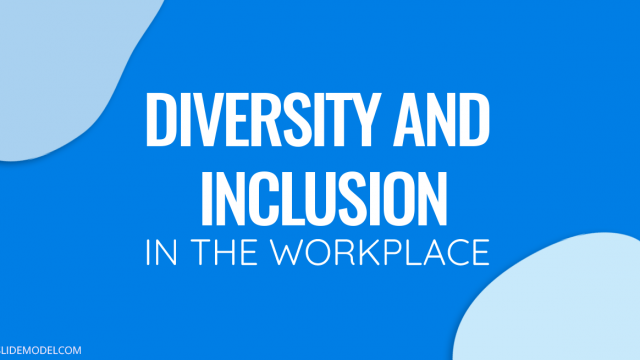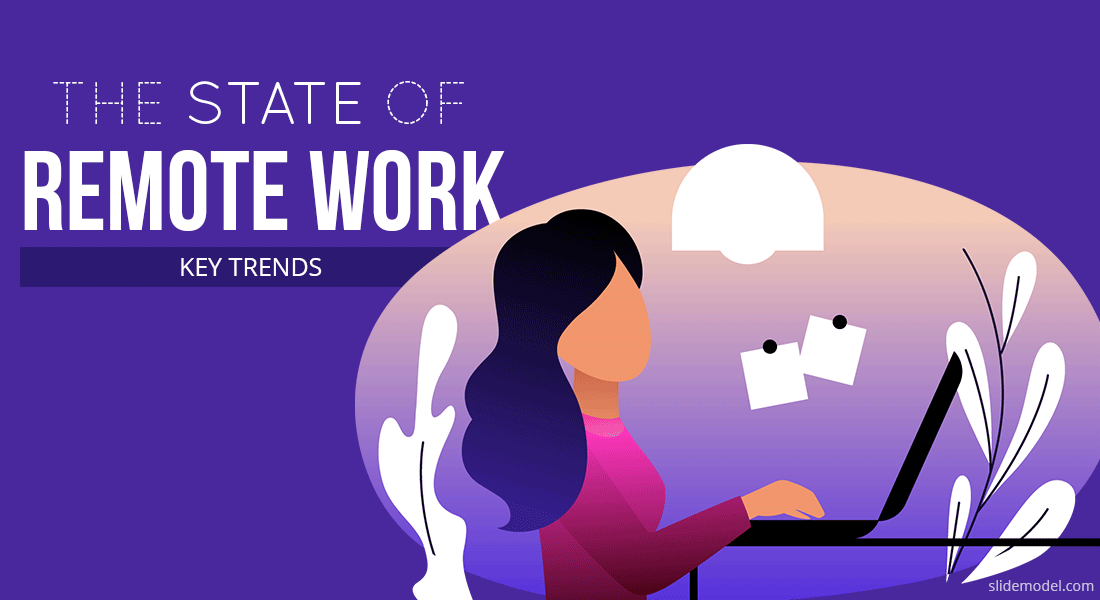
The face of the modern workplace is changing. It’s a matter of several things – companies are going global, or at least employing workers in places all over the globe. Millennials and Gen Z’ers, who now comprise the majority of the workforce, view ‘flexible working’ as a necessary perk and most lean towards freelance and remote work (at least part-time).
Another major factor here is that the traditional relationship between employees and the companies they work for – mutual loyalty, long-term employment, company-paid benefits, and secure pensions – no longer exists.
With this state of a new workplace and force, it is a good idea to take a look at this thing we call remote work, and all of its implications.
Exactly What is Remote Work in the 21st Century?
Remote work has a few meanings:
- It can refer to those full-time employees of a company who telecommute, rather than work on site. Today, telecommute jobs can be found in pretty much any industry from customer service to finance and even healthcare.
- It includes those who pick up remote jobs contractors of companies to complete specific agreed-upon tasks.
- It includes freelance professionals who market their talents and skills to multiple clients and work with several organizations at the same time.
And lest anyone is in doubt, remote work is a continually growing phenomenon in the United States. And remote work statistics show that the trend is continuing at a pretty steady clip. Here is a recent graph from the U.S. Census Bureau, noting that by 2018 just the percentage of the workforce working from their homes is reaching 5.4%.

Source: Quartz
The Benefits of Remote Work

For the Workers: According to a recent survey by Buffer, 92% of remote workers state they want to continue on their current path. The reasons given for this, in the order of importance, are as follows:
- Having a Flexible Schedule. Depending on the day, workers may want to put in 6 hours or 16 hours. Some prefer early morning hours. Others, late at night. Still, others may choose one or more weekend days. The ability to build in work hours around a flexible work schedule, personal preferences and other obligations is a big plus.
- Comfort of Working From Home. The time and effort it takes to dress appropriately for the workday, packing a lunch or eating out, the distractions of co-workers, etc. All take time from work tasks. The ability to work remotely eliminates all of the “time-wasters.”
- Higher Productivity. Over 77% of professionals state that they feel more productive when working remotely, and an additional 30% say that they tend to accomplish more in less time when working from home. Mostly, this is due to fewer distractions, and a higher degree of autonomy and control over their daily schedule.
- No Commute. Commuting takes time and money – time when work could have already been begun and money that can easily be spent elsewhere.
For Employers
The same survey from Buffer also states that 91% of employers who are currently supporting remote work plan to continue and/or expand their support in the future. The benefits they find are listed in this order:
- Improved Morale. When worker morale is higher, there is less turnover, less absenteeism, and greater enthusiasm for the work at hand. A two-year Stanford study found that remote workers have higher morale and higher job satisfaction rates than their cubicle-dwelling peers. Another report from OWL Labs published in 2019 shows that those working from home at least once a month are 24% more likely to report being happier with their remote jobs.
- Ability to Find Talent from Anywhere. No longer does a workforce have to be local. And a remote workforce from foreign countries increases diversity, something most companies value today. Talented people are found everywhere today, and many of them are looking for remote work opportunities.
- Savings. Companies with a growing remote workforce save money, if only through real estate or switching to coworking space models. According to figures from PGI News, the average savings on the workspace for full-time remote workers is $10,000 every year, for each employee. There are other operating and overhead cost savings as well – in total about $5 billion in the U.S. for all companies using remote workers.
With all of the benefits of working remotely, why would anyone not want this trend to continue? Well, there are some challenges to telecommuting, too. According to the Buffer survey, these are the struggles that remote workers often face:

Let’s take a look at the top four.
- Unplugging from Work. It’s easy to be “on a roll” and not want to stop, and it’s easy for freelancers and full-time remote workers to become workaholics, especially when tasks are numerous and deadlines loom. Many find the solution in setting a reasonable but flexible work schedule for most of their days, at least.
- Loneliness. The gig economy and employee telecommuting tend to bring isolation for participants. While they may be members of a team and may communicate remotely, it is not the same as face-to-face interaction. Going into the office a couple of days a week or finding a co-working space can help to resolve this issue.
- Collaborating/Communicating. Fortunately, technology continues to help to remove these challenges with such tools as video conferencing and a host of other messaging apps. Workers may still face challenges related to making remote presentations, however, especially during group meetings. The best advice here is to get in the mindset of giving an actual physical presentation, preparing for it just as you would in person. Stand, set up a small podium if it makes you more comfortable, practice your voice tone, keep your audience engaged with anecdotes, some humor, etc. Visuals are especially important too as that’s what most people will see during your remote presentation. Thus, use an attractive PowerPoint template to prep an attractive deck in advance, and even consider sending your slides to other participants ahead of time in case of technical difficulties.
- Distractions from Home. Those who telecommute from home and have small children face unique challenges. Obviously, this has to be remedied. Many remote employees use outside daycare just as if they were going to work every day. Others work around the kids’ school schedules. But there are other distractions too. It’s easy to get sidelined with household chores, social media, etc.
Remote and Freelance Workforce Outlook
If current trends continue (and there is every reason to believe they will), it is estimated that, by 2025, about 50% of the workforce will be working remotely at least part of their workweek. According to the study conducted by Owl Labs, 42% of current remote workers have plans to increase their remote work over the next five years, and over 50% of on-site workers state they want to work remotely.
Upwork data indicates that the frequency of freelancing has grown too over the past several years with nearly one-third of freelancers participating daily in the gig economy. Furthermore, 46% of freelancers stated that they choose this career option since they could not work for a traditional employer due to personal circumstances. They are using gig economy apps to ease the work processes and become more productive.
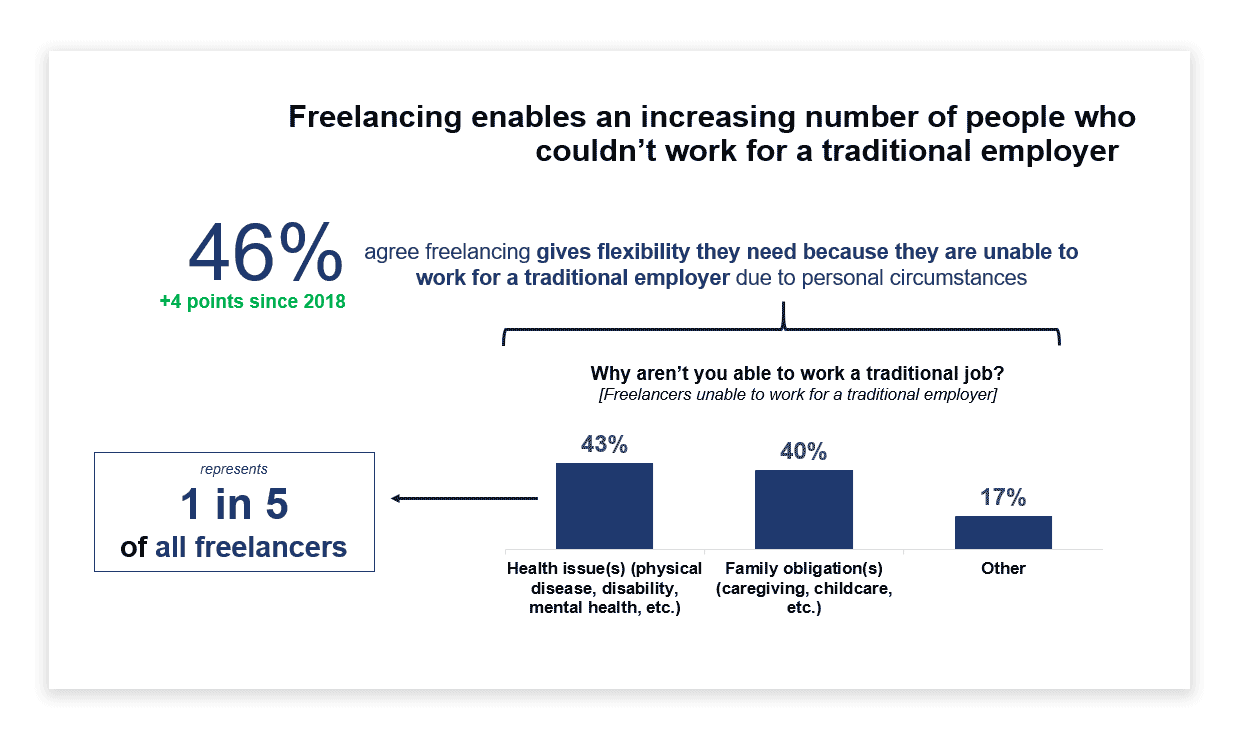
Gen Zs are another major force steering the growth of the freelance/remote work. Already, 46% of ‘older’ members of this generation who are now leaving high school and/or studying in college, choose to work freelance. Additionally, 38% of them name work-life balance as a top priority when choosing a job and telecommuting offers just that.
Recommended template: Work from Home PowerPoint Template
The Corporate Stance on Remote Work
In the words of Bob Dylan, “The Times They Are Changin.'” Considering that the aforementioned Buffer survey shows that remote work is here to stay, and corporations must accommodate this new work environment. Many of them already have. Some of the companies that have fully embraced the new concept of a remote workforce are Humana, Dell, Amazon, Aetna, Kaplan, Apple, GitHub, American Express, and Enterprise.
A research conducted by EY further sheds some light on how market leaders are taking advantage of the gig workforce:
- In 2016, 18% of the workforce at mid-market companies (with a turnover of $100m to $5b) was contingent.
- At big companies (turnover above $5b), 16% of employers were hired on an as-needed basis and the figure is projected to increase to 19% by 2020.
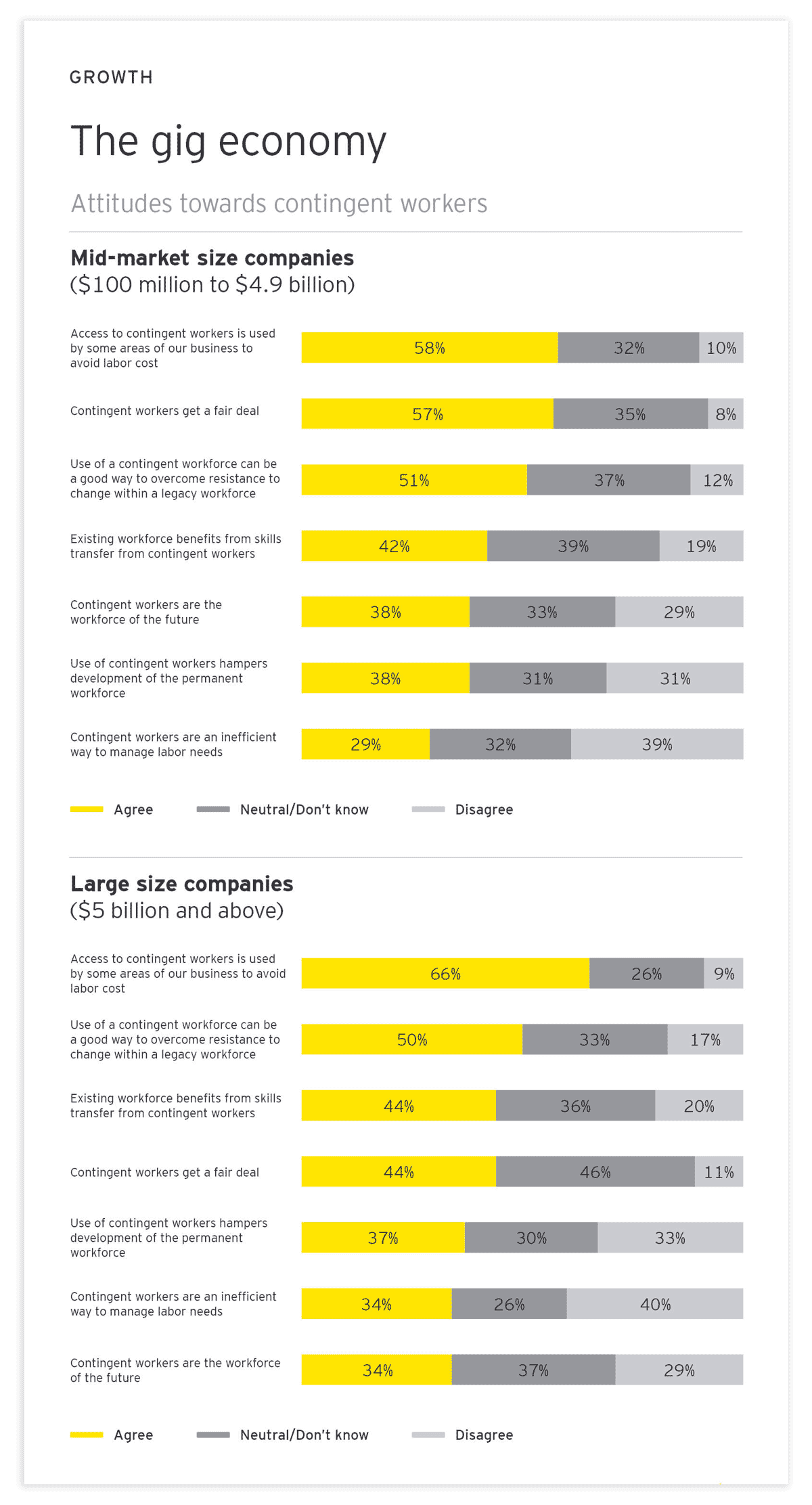
The “writing is on the wall” so to speak. Employee demand and the need for talent, along with the cost savings, means that corporate America is embracing the new “how work is accomplished” environment.
Remote Work is Also Shaping Related Industries
It’s not just companies and workers who are reaping the results of a growing remote workforce. Other industries are popping u9p to accommodate this new work environment.
Real Estate
The growing need for gig workers to have workspace outside of their homes has resulted in co-working facilities. Today, there are about 35,000 flexible workspaces around the globe, with a market value of about $26 billion.
Furthermore, flexible office arrangements are gradually rising in popularity and already constitute 2% of all office space in the US markets, per CBRE.
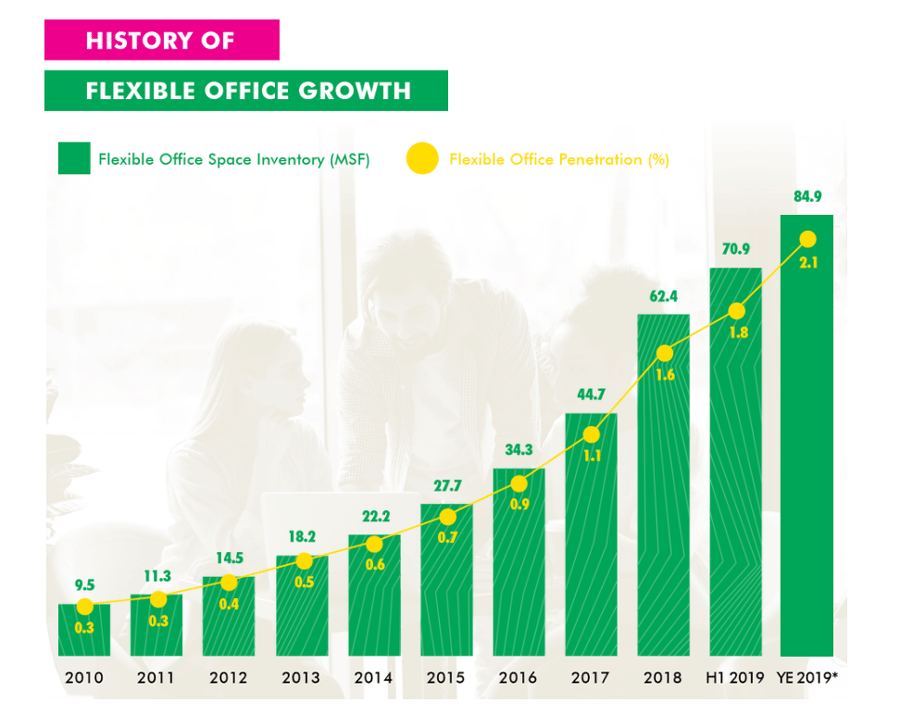
Travel
In addition to remote co-working space or work from home, co-living arrangements have become a growth industry as well. The concept is simple: remote or freelance workers can rent rooms for an affordable price in popular urban centers, where traditional renting or short term leases may be hard to come by.
According to the Cushman & Wakefield report, the current supply of co-living accommodation (approx. 3,000 beds in the US) is not meeting the local market demand. On a global scale, there’s currently an estimated demand for as much as 46.3 million beds and the total market can be worth over $93 billion per year.
Hotel chains are also rapidly adapting to meet the needs of remote and nomadic workers. One of the pioneers in the space is Selina – a hybrid hotel/coworking chain with a rapidly expanding global presence (8 countries and counting).
Urban Planning
To accommodate the needs of remote workers, urban centers are going to have to figure out how to keep their residents happy and satisfied. Upgrading infrastructure, especially housing options, secure and stable broadband, mass transport, and other aspects of smart cities will help to attract remote workers as well as to keep them in residency.
On the other hand, remote work may also bring more people back to more rural areas as they will no longer be tied to more urban areas in terms of work. In fact, several cities in the US are already looking into ways for attracting remote re-settlers. The State of Vermont and the city of Tulsa, Oklahoma recently launched remote grant programs, aimed at enticing more location-independent professionals to the area. Both offer perks such as free or discounted co-working and small stipends (up to $5,000) that could be used to cover relocation and living/work expenses.
Conclusions
We are entering a new era of work, and there are no signs that it is slowing down. Freelancing and remote work are fast becoming the norm. Whether it’s in the area of remote writing jobs, remote developer jobs, remote consulting, remote data science, or more, the traditional workplace environment is fast becoming irrelevant to both employees and employers. Both are reaping big benefits. The trends that have been outlined here are set to continue, perhaps at an even more rapid pace as we move further into the 21st century.


